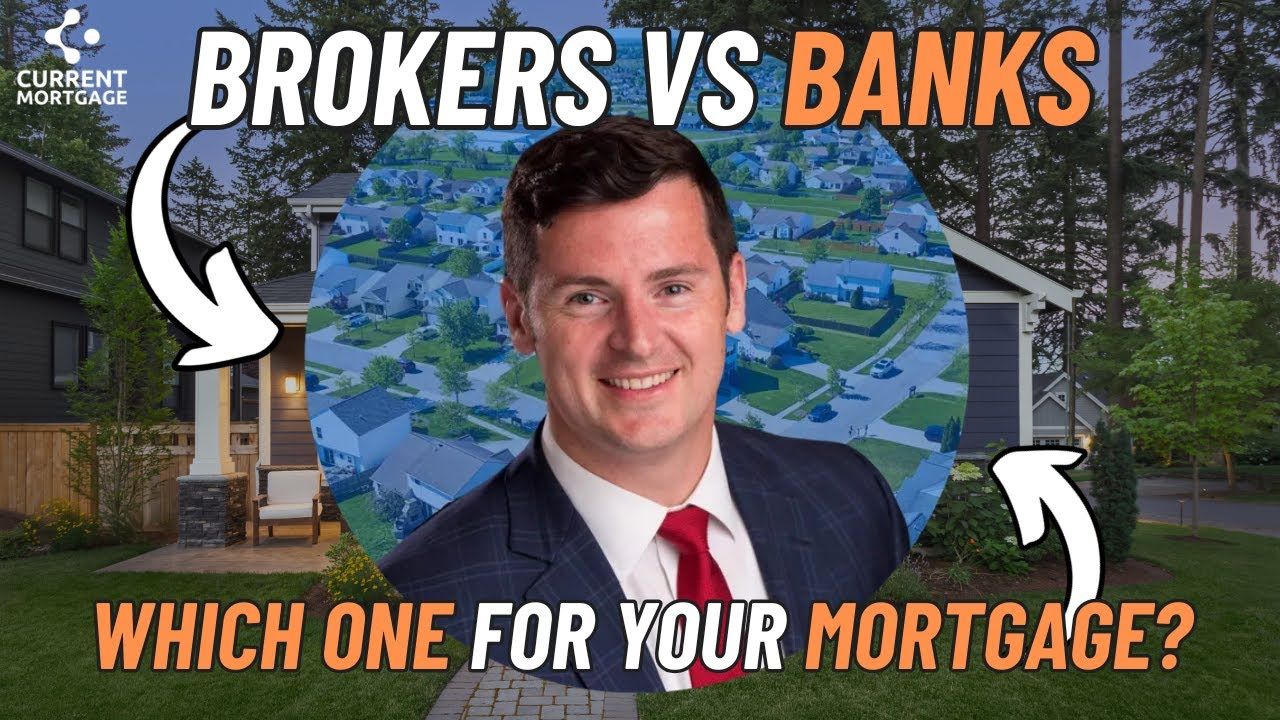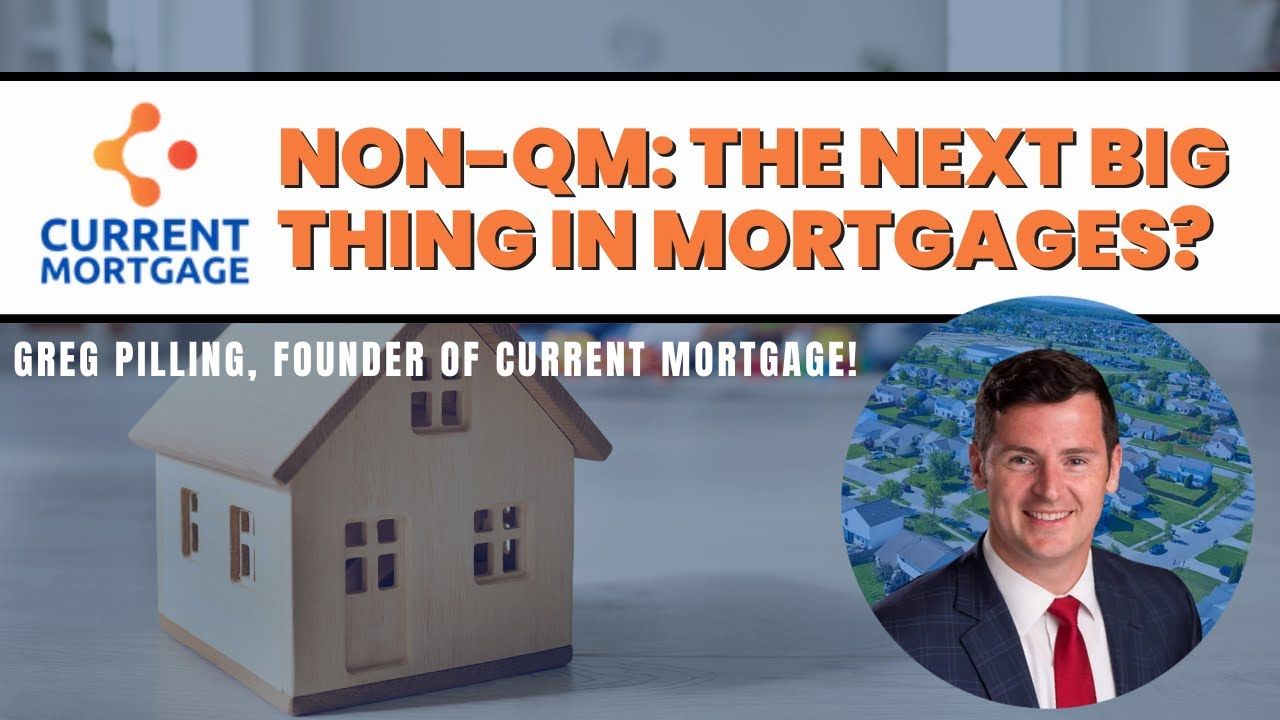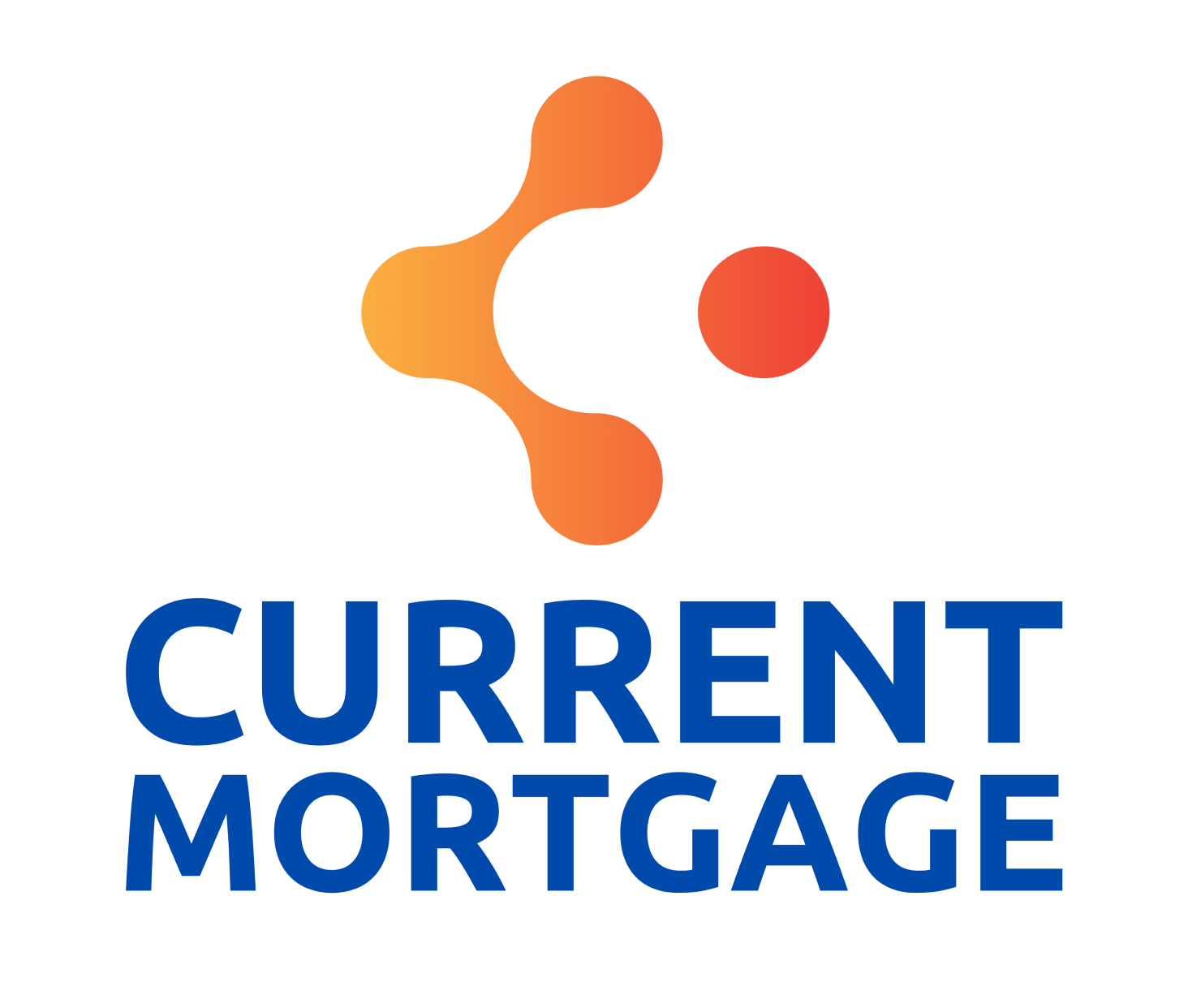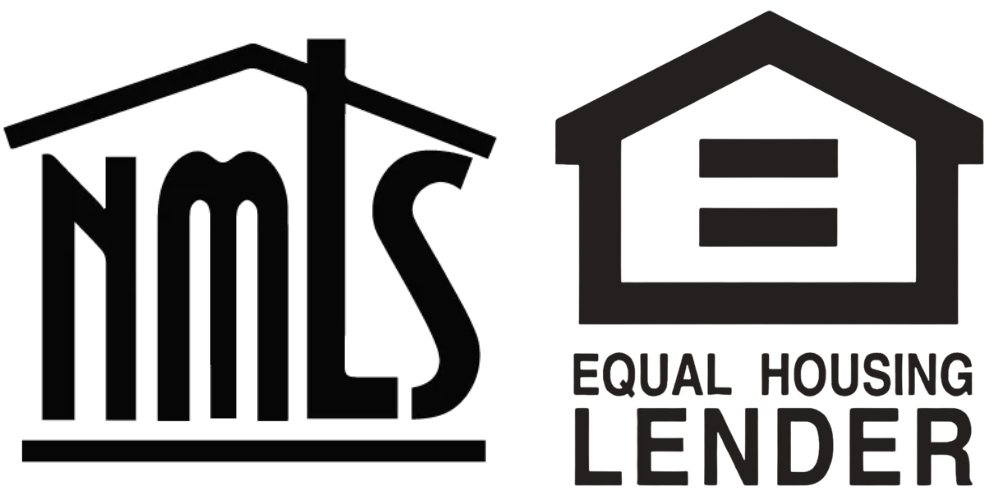What is PMI, and how can you avoid it?
PMI: What is it, and what can I do to avoid it when purchasing a home?
Introduction to PMI
If you're planning to buy a home or refinance, you probably heard about PMI (private mortgage insurance). But what exactly is it and who does it really protect? And most importantly, how can you avoid it? Stick around, because we're diving deep into the world of PMI today. Let's get started.
What is Private Mortgage Insurance (PMI)?
Private Mortgage Insurance, or PMI, is an insurance policy issued by private insurance companies to protect mortgage lenders in case you default on your mortgage payments. It protects the lender, not you. However, it gives lenders the confidence to loan more money to you when purchasing or refinancing so that you can have a smaller down payment when buying or less equity when refinancing your home.
When is PMI Required?
Typically, PMI comes into play when you buy a house with less than a 20% down payment. For instance, if you're purchasing a $200,000 house and your down payment is less than $40,000, you might have PMI added to your monthly costs.
How to Avoid PMI
Now, the most straightforward way to avoid PMI is by making a 20% down payment. But that's not always possible, right? So what are your options? One alternative is a piggyback loan where you take out a second mortgage to cover part of the down payment, keeping your primary loan below 80% loan-to-value. It's a bit complex but can be cheaper than PMI depending on your circumstances.
Lender Paid Mortgage Insurance (LPMI) and Special Loans
Another route is Lender Paid Mortgage Insurance, or LPMI. Here, the lender pays your mortgage insurance premium upfront, but you'll likely face a higher interest rate. It's a trade-off: a higher rate, but no PMI. For veterans, active military members, or qualified rural homebuyers, VA and USDA loans offer great benefits, which in most cases include no PMI with less than 20% down.
When Can You Stop Paying PMI?
So, when does PMI end? If you can't avoid PMI, you might want to know when you can stop paying for it. You have the right to ask your provider to cancel PMI when your principal balance reaches 80% of the original value of your home—essentially like you made a 20% down payment. The first date you can make this request should appear on your PMI disclosure form, which you received along with your mortgage. If you've made additional payments that reduce the principal balance to 80% of the original value, in most cases, you can ask to cancel PMI ahead of the scheduled date.
Automatic PMI Termination
And don't forget about automatic PMI termination. In most cases, once your equity reaches 22% of the value of your home, PMI is usually dropped from your mortgage payment on conventional loans, giving you a nice reduction in your monthly expenses. While PMI doesn't benefit you directly, it makes home buying a lot more accessible. And remember, it's not permanent. With the right strategy, you can minimize or avoid PMI and save money.
Questions and Assistance
Thinking of buying a home? Or have more questions about mortgages? Drop them in the comments below or reach out directly. I'm here to help you navigate these decisions.








